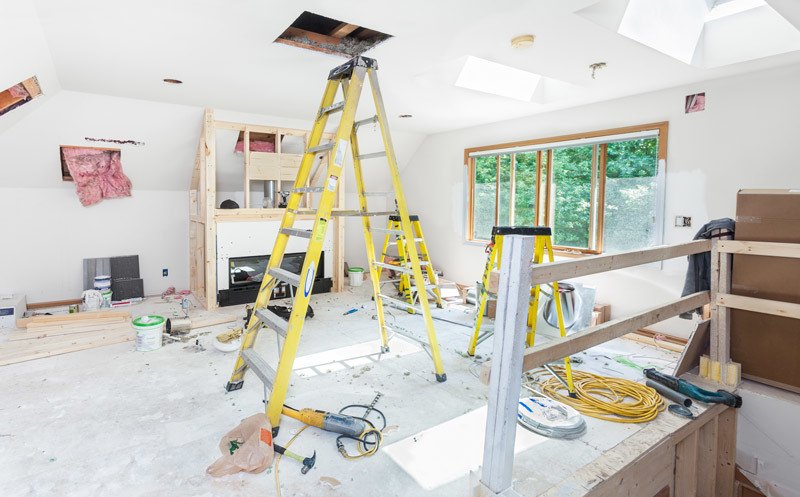In the ever-evolving landscape of contemporary business, the role of a commercial interior designer has become pivotal in revolutionizing work environments. The essence of a successful workspace now goes beyond mere functionality and aesthetics it embodies a reflection of a company’s culture, values, and adaptability to modern times. Commercial interior designers are at the forefront of this transformation, orchestrating spaces that foster creativity, productivity, and employee well-being. In the past, office designs primarily focused on efficient space utilization and basic comfort. However, the paradigm has shifted. Modern workspaces are now envisioned as dynamic environments that accommodate diverse work styles and nurture collaboration and innovation. Commercial interior designers are challenged to create spaces that accommodate both individual-focused tasks and group interactions seamlessly. Flexibility is a key principle in modern office design. The rise of remote work and the realization that employees are most productive when given a degree of autonomy have changed the landscape.

Commercial interior designers incorporate flexible layouts, modular furniture, and versatile spaces that can be easily reconfigured to meet the evolving needs of the organization. The ability to adapt to changes in team sizes, project scopes, and collaborative requirements is now an essential aspect of a well-designed workspace. Moreover, a heightened emphasis on employee well-being has permeated modern office designs. Spaces are no longer just functional they prioritize comfort, health, and mental wellness. Designers integrate elements like biophilic design, ergonomic furniture, natural lighting, and spaces for relaxation or mindfulness. Greenery and natural elements within the workspace not only enhance aesthetics but also improve air quality and promote a sense of connection with nature, thus contributing to a healthier work environment. Incorporating technology intelligently is another hallmark of modern commercial interior design. Advanced technology is seamlessly integrated to streamline operations, enhance communication, and provide employees with the tools they need to be efficient and effective and look at this site https://bilalrehmanstudio.com/pages/houston-commercial. Smart building systems, IoT devices, and interactive displays are all elements that a skilled commercial interior designer might incorporate to create a technologically advanced and efficient workspace.
Sustainability is also a priority in contemporary office design. Commercial interior designers are increasingly integrating eco-friendly materials and energy-efficient systems. Concepts such as adaptive reuse of existing structures, energy-saving lighting solutions, and the use of recycled or locally sourced materials are being actively promoted in the design process. Furthermore, fostering a sense of community and enhancing the corporate culture through design is crucial. The design elements should align with the brand identity and values of the organization. From color schemes to furniture choices, every aspect of the design should reflect the essence of the company and resonate with employees and visitors alike. The transformation of work environments into hubs of productivity, collaboration, and employee well-being is a testament to the vital role played by commercial interior designers in modern times. Their ability to balance functionality, aesthetics, sustainability, technology, and culture ensures that workspaces are not only aesthetically pleasing but also enhance the overall productivity and happiness of the workforce.